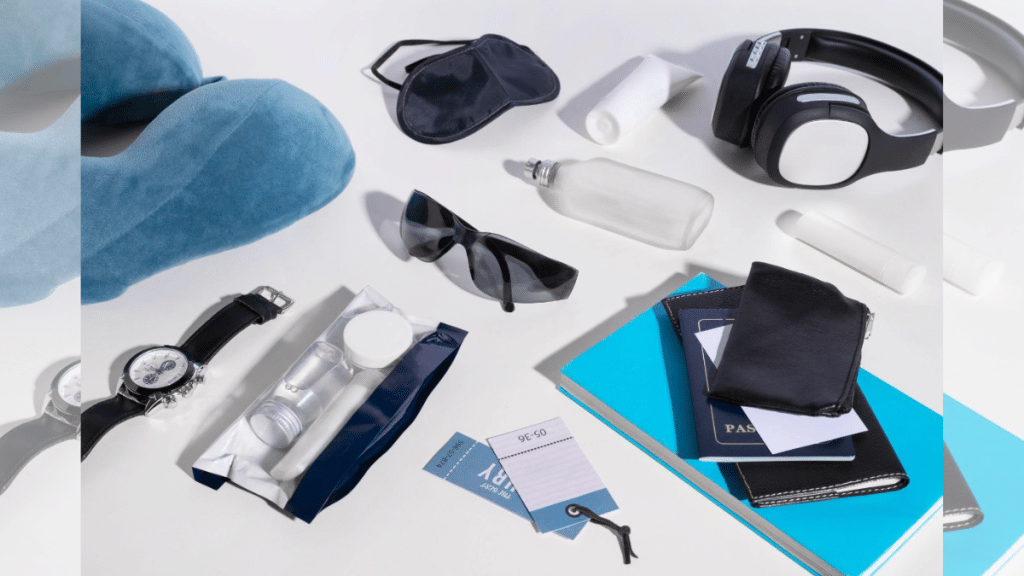Starting a business has never been easier — and yet, never been harder. With the rise of digital platforms, anyone can launch a startup from their living room. But that also means competition is everywhere. For young entrepreneurs seeking to stand out, traditional tactics such as social media ads or influencer campaigns can often be expensive and short-lived.
This is why many are turning to something refreshingly simple: custom merchandise. Branded products don’t just spread your name, they give your audience something tangible to connect with — something that lasts longer than a swipe on a screen.
Swag as strategy: 5 ways to make it work
1. Event giveaways that get remembered
Networking events, university fairs, and startup expos are often crowded with people all pitching their ideas simultaneously. Handing someone a business card might only get you a glance. However, giving them something practical — such as a tote bag, a reusable coffee cup, or a laptop sticker — puts your brand into their daily routine. That’s the difference between being noticed for a moment and being remembered for months. It’s exactly why so many young founders are turning to custom merchandise Melbourne to stand out in competitive spaces.
2. Building team identity
Merch like matching hoodies or caps is a great way to build a team identity. For start-up businesses, they also foster a sense of belonging. When your crew shows up at events looking united, it adds credibility and professionalism to your brand.
3. Fuel for social media
Content is king, but creating it is expensive. Merchandise solves part of that problem. A quirky branded mug, a bold t-shirt slogan, or a unique piece of swag often ends up on Instagram or TikTok because people enjoy sharing cool finds. By encouraging your early customers or event attendees to post their items online, you turn everyday products into organic marketing campaigns.
4. Showing gratitude to early adopters
Startups live or die by their first customers. A simple way to turn those customers into lifelong fans is to thank them memorably. Sending a handwritten note with a branded notebook, tote, or drink bottle makes them feel valued. People love being part of a brand’s “early days,” and merchandise helps them show off that connection.
5. Making a strong impression on investors
Pitching to investors isn’t just about the numbers. It’s about trust and presentation. Presenting polished, branded folders, pens, or sleek reusable cups doesn’t close deals by itself, but it demonstrates professionalism. It tells investors you take your brand seriously and think about the details — an often-overlooked edge in competitive funding rounds.
Making it part of the bigger picture
Merchandise shouldn’t stand alone. It should be integrated in a broader marketing strategy.
- Pair event giveaways with email follow-ups that reference the tote bag you handed out during the event.
- Add QR codes or scannable links to items.
- Use merchandise as rewards in referral programs to encourage early users to bring friends.
- Match the look and feel of your swag with your website, social media, and brand voice for consistency.
Things to keep in mind
- Utility matters: Select items that people will use.
- Quality counts: Durable, well-designed items reflect well on your business.
- Stay true to your values: If your startup champions sustainability or innovation, choose items that reflect those values.
- Don’t overcomplicate it: Simple, functional products with clean branding often work better than flashy ones.
Final thoughts
For young entrepreneurs, the real challenge isn’t just getting a business off the ground — it’s making sure people notice, remember, and trust it. Custom merchandise won’t solve everything overnight, but it’s one of the smartest, most affordable ways to create buzz.
And in Melbourne — a city known for its creativity, design culture, and buzzing startup scene — the potential is even bigger. By working with local suppliers and putting thought into design, founders can utilise custom merchandise Melbourne to appear professional, initiate genuine conversations, and connect with their audience in ways that stick.
